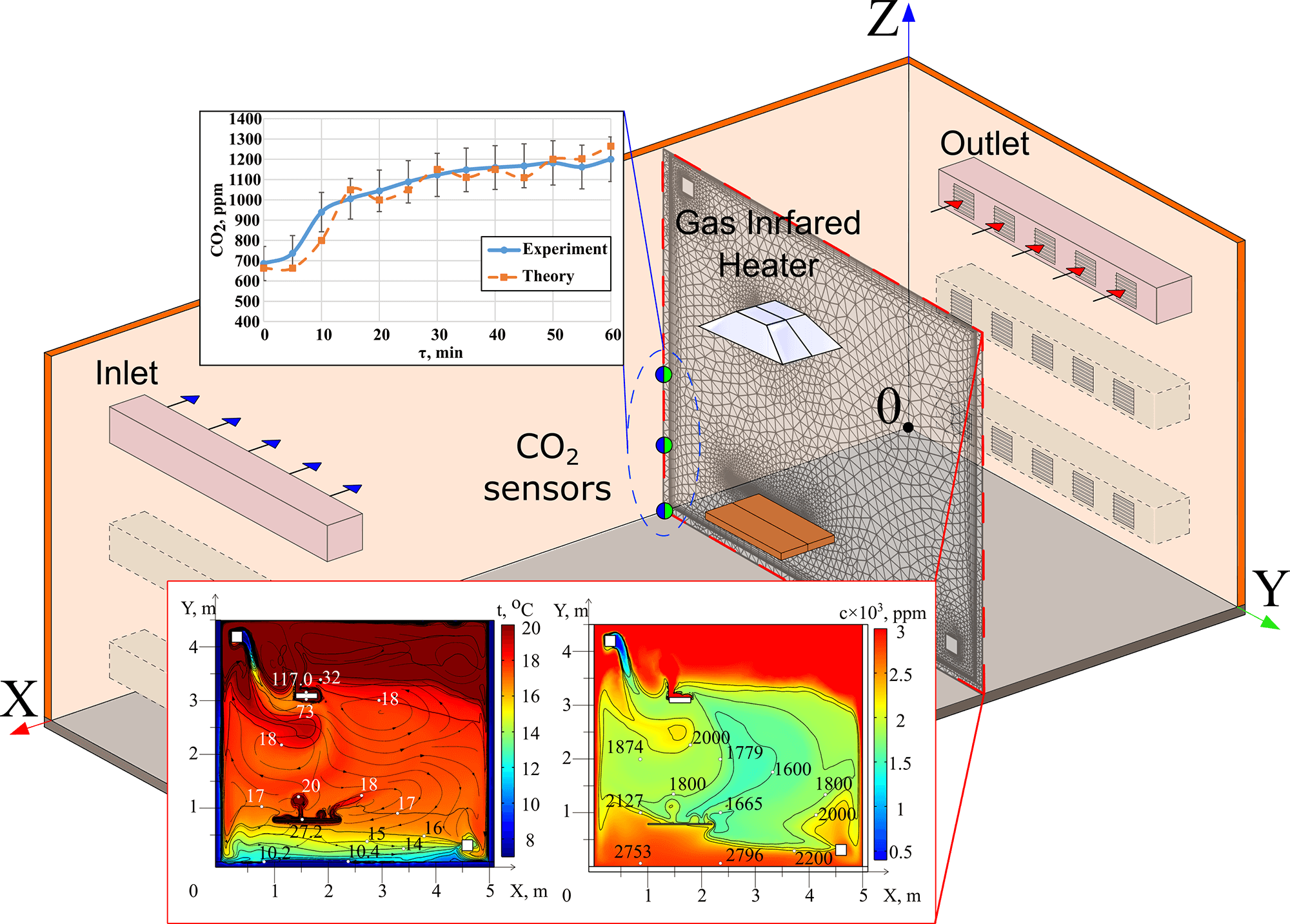 Open Access
Open Access
ARTICLE
Boris Borisov, Geniy Kuznetsov, Vyacheslav Maksimov*, Tatiana Nagornova, Felix Salikhov
School of Earth Sciences & Engineering, National Research Tomsk Polytechnic University, Tomsk, 634050, Russia
* Corresponding Author: Vyacheslav Maksimov. Email:
(This article belongs to the Special Issue: Heat and Mass Transfer in Energy Equipment)
Frontiers in Heat and Mass Transfer https://doi.org/10.32604/fhmt.2024.056758
Received 30 July 2024; Accepted 10 October 2024; Published online 31 October 2024

View
Download
Like
FREE CONVECTIVE HEAT TRANSFER CREATED FROM HEATED CYLINDER IMMERSED INSIDE DUCT COOLED FROM SIDE
Qais Abid Yousif , Omar Rafae...COUPLING ANALYSIS OF ELECTROMAGNETIC AND TEMPERATURE FIELD IN SELF-FORMED LINING ELECTRIC FURNACE
Lei Zhang , Fuyong Su, Zhi Wen,...STEADY MHD FLOW OVER A YAWED CYLINDER WITH MASS TRANSFER
A. Sahaya Jenifer , P. Saikrishnan,...FLOW CHARACTERISTICS OF WET NATURAL GAS IN DIFFERENT THROTTLING DEVICES
Xuewen Cao, Qi Chu, Xiaodan Song,...